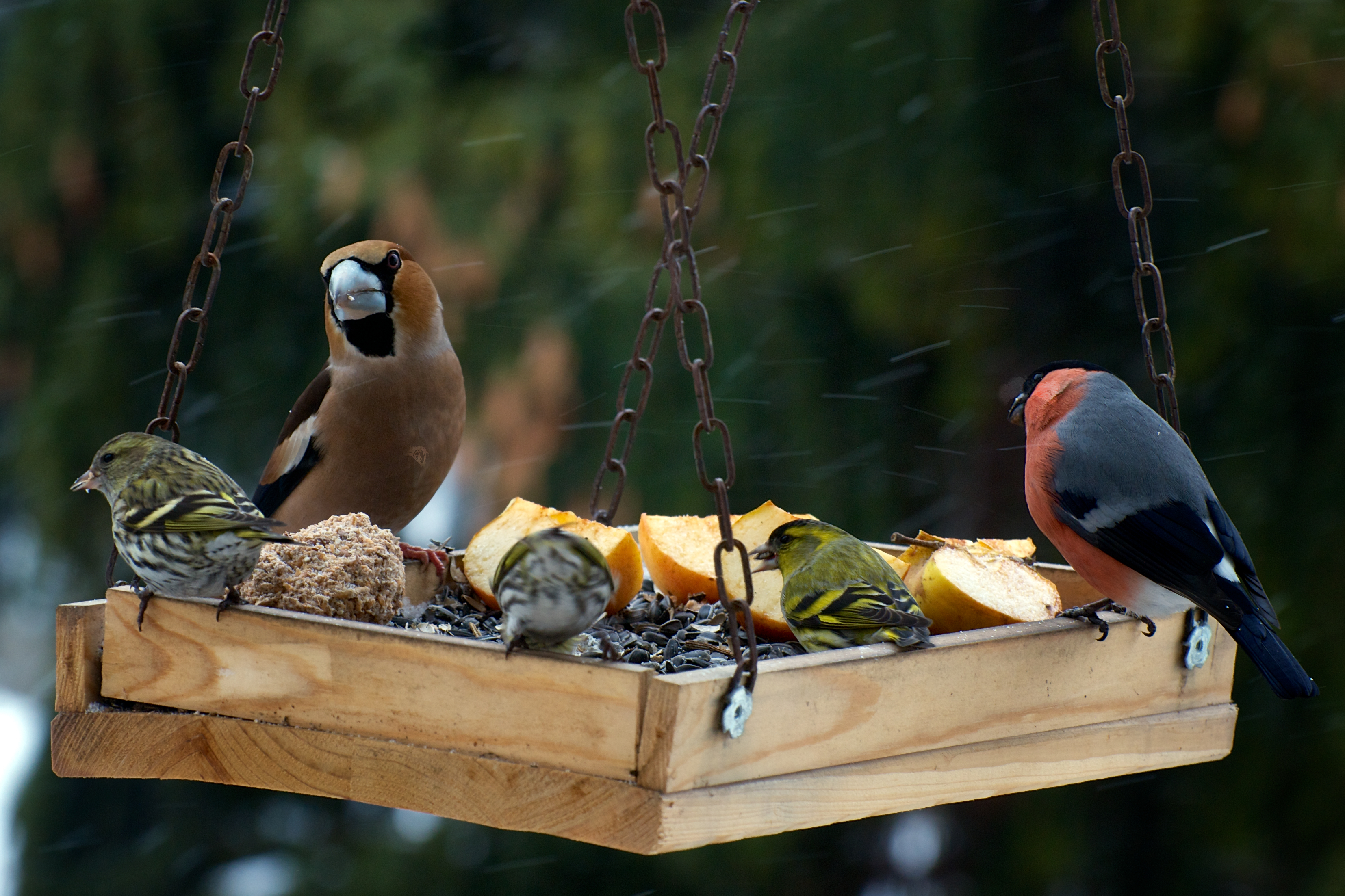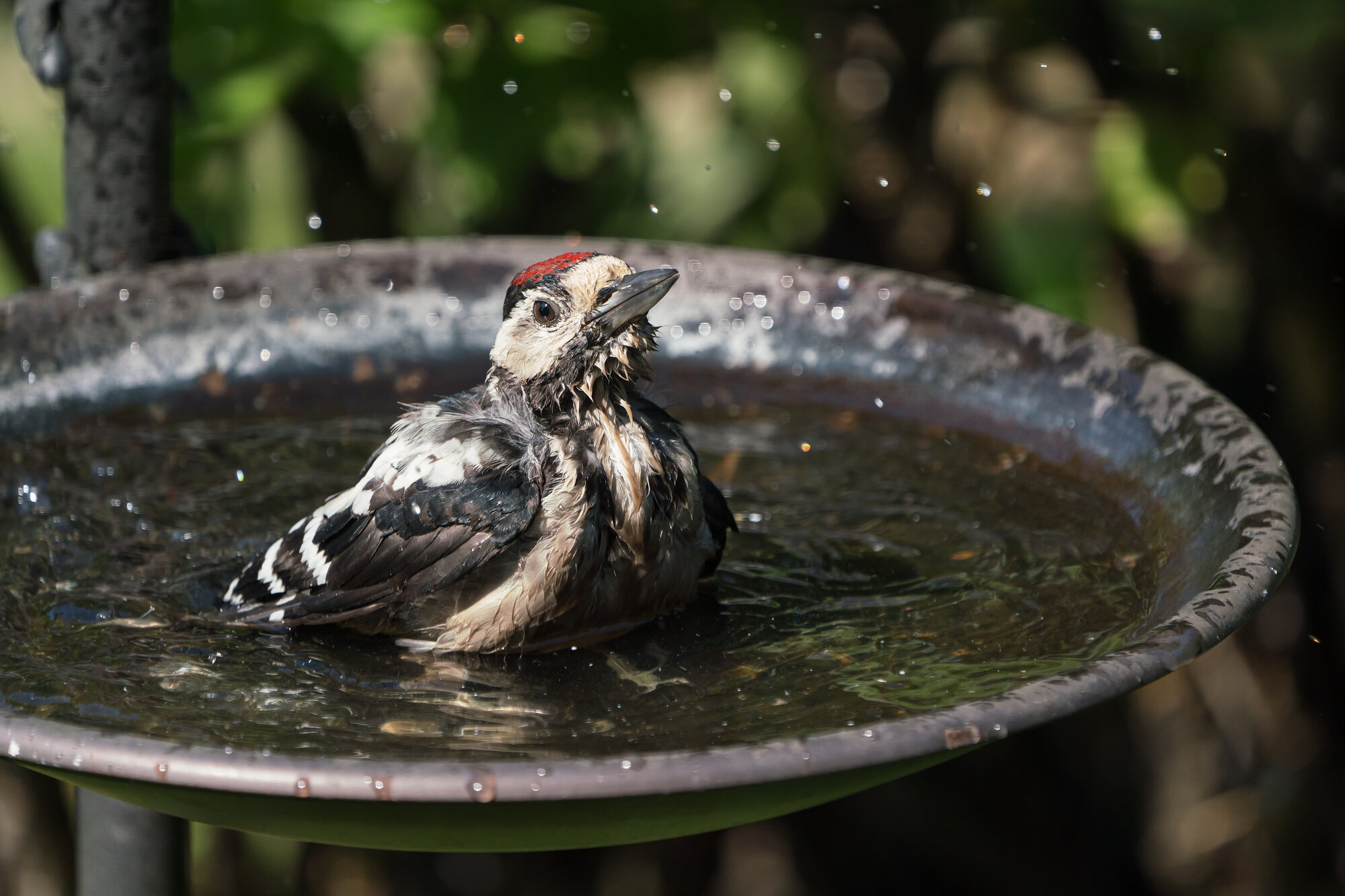How do I create an appropriate feeding station for birds?
What is important when it comes to feeding wild birds? In short: hygiene, the right food, appropriate presentation, the right place and a species-appropriate supply of water.
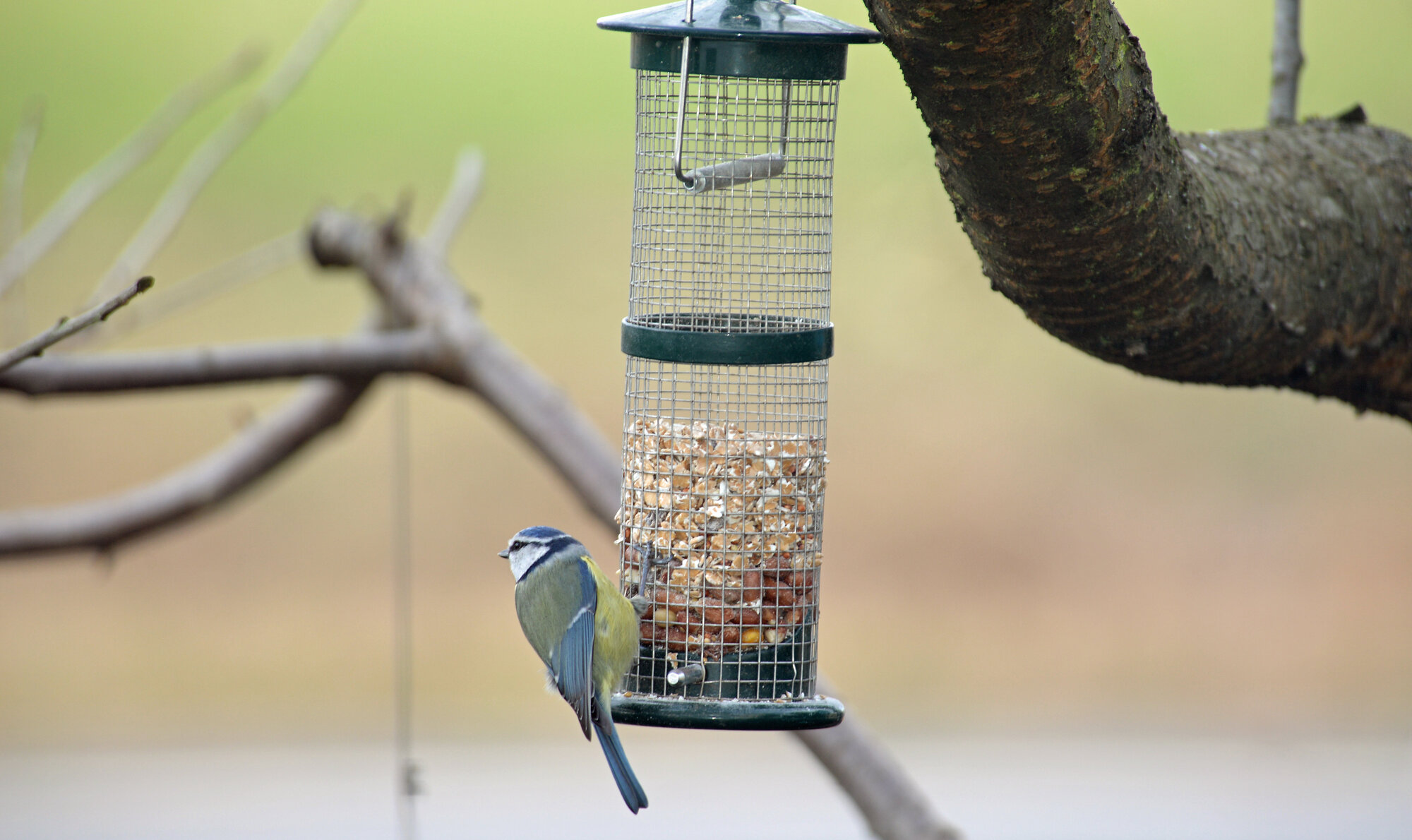
Hygiene
The hygiene of the feeding area affects the feed station itself and also the immediate surroundings. To prevent the spread of disease from bird to bird, you should clean the feeder regularly with hot water. Make sure you wear hygienic gloves. If you use food dispensers or food silos instead of conventional bird feeders, the birds will not step around in the food and cannot drop their droppings in the feed. Clean the ground around the feeding area to prevent attracting rodents, which in turn can spread diseases. The situation improves significantly if you use shell-free food, as it is usually eaten without leaving any residue. We recommend the shell-free ReNatura® Patio mix.
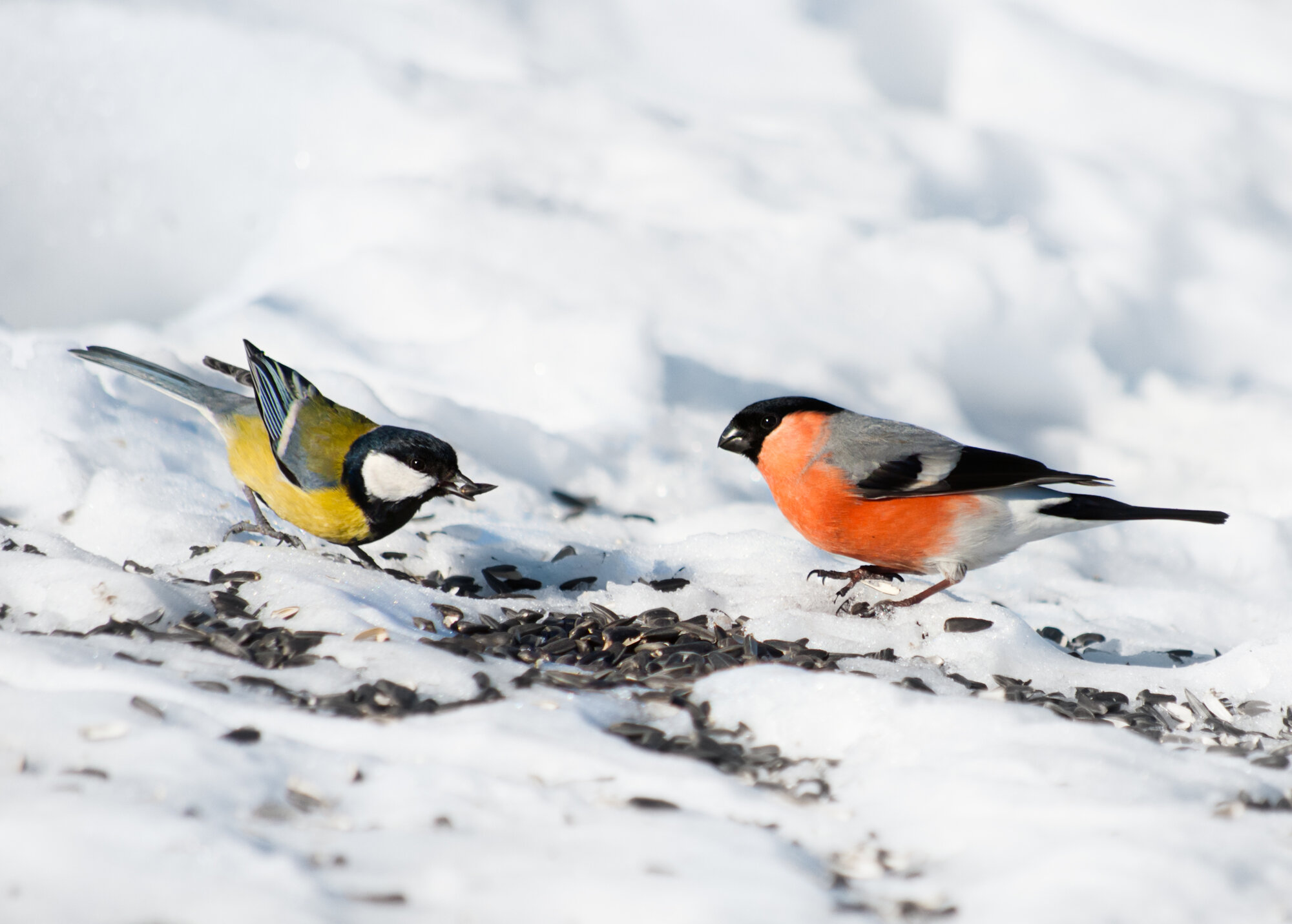
The right nutrition
Their natural food supply is of course the most digestible food for the birds and optimally tailored to the needs of the animals. The natural diet of our indigenous garden birds primarily includes insects such as caterpillars, maggots, flies and mosquitoes, plus snails and fruit, as well as seeds and grains. Birds who are soft food eaters, in particular, prefer a mixture of insects, snails and fruit. The seed and grain eaters choose berries, seeds, and grains (e.g. cereal kernels).
However, since natural food sources are becoming more scarce all the time, we can to a certain degree compensate for the growing shortage. The ReNatura® Bird feed product range is particularly suitable for this. Both soft food eaters and grain eaters will find a valuable substitute for their natural food supply in our diverse range.
In essence, you always provide food for a variety of bird species with one mixed feed. The birds eat exactly those ingredients in a food mixture that they prefer. A "colorful table" offers our feathered friends the best choice. This means that you should endeavour to offer great diversity in the food. At best, your feeding stations should always be filled with several products from our ReNatura® Vogelwelt at any one time. Your basis should consist of Aktiv-Futter (active feed) and/or the shell-free Terrassenmix (patio mix), which, depending on the season, is supplemented with Energie-Winterfutter (energy winter feed), Sämereienmix (seed mix) or Getreideflocken (cereal flakes). You should also include peanuts and sunflower seeds. In addition, a fat product should be offered throughout the year, such as suet balls, suet rings or nut sticks. You can add anything else according to your own feeling and discretion, e.g. hemp, the new Energy Pâté, or in winter the Energy Block. Once you have laid a solid foundation well, you can add anything you like.
It is more and more frequently observed that young birds fed in nests between April and July are less able to tolerate peanuts and sunflower seeds and that too much fat is difficult for them to digest. We therefore recommend that you put out food that is lower in fat, smaller seeds and a smaller proportion of peanuts and sunflower seeds during this time. During these months, it is better to feed, for example, ReNatura® Feiner Sämereienmix (small seed mix), Fett-Getreideflocken (fatty cereal flakes) and Getrocknete Mehlwürmer (dried mealworms). In winter, however, we recommend feeding a very high-fat and therefore high-energy food, such as ReNatura® Meisenknödel (suet balls), Meisenringe (suet rings) and Nuss-Stangen (nut sticks), as well as Energie-Winterfutter (energy winter food).

Put the food out the right way
To put the food out in the right way, it should be done in such a way that your feeding does not pose any danger to the animals. These could be dangers posed by predators as well as transparent or reflective window surfaces. Your should therefore position your feeding station in an open area where predators (e.g. cats) cannot approach unnoticed. However, there should be a tree or shrub in the area on which the garden birds can find cover from attacks by sparrowhawks or kestrels. You should attach stickers to reflective or transparent window panes to make them "visible" to the animals. It is a good idea to attach a protective device to the bottom of the feeding station to prevent predators from being able to climb up. This could be, for example, an inverted protection basket, a harvest basket or a leaf basket.
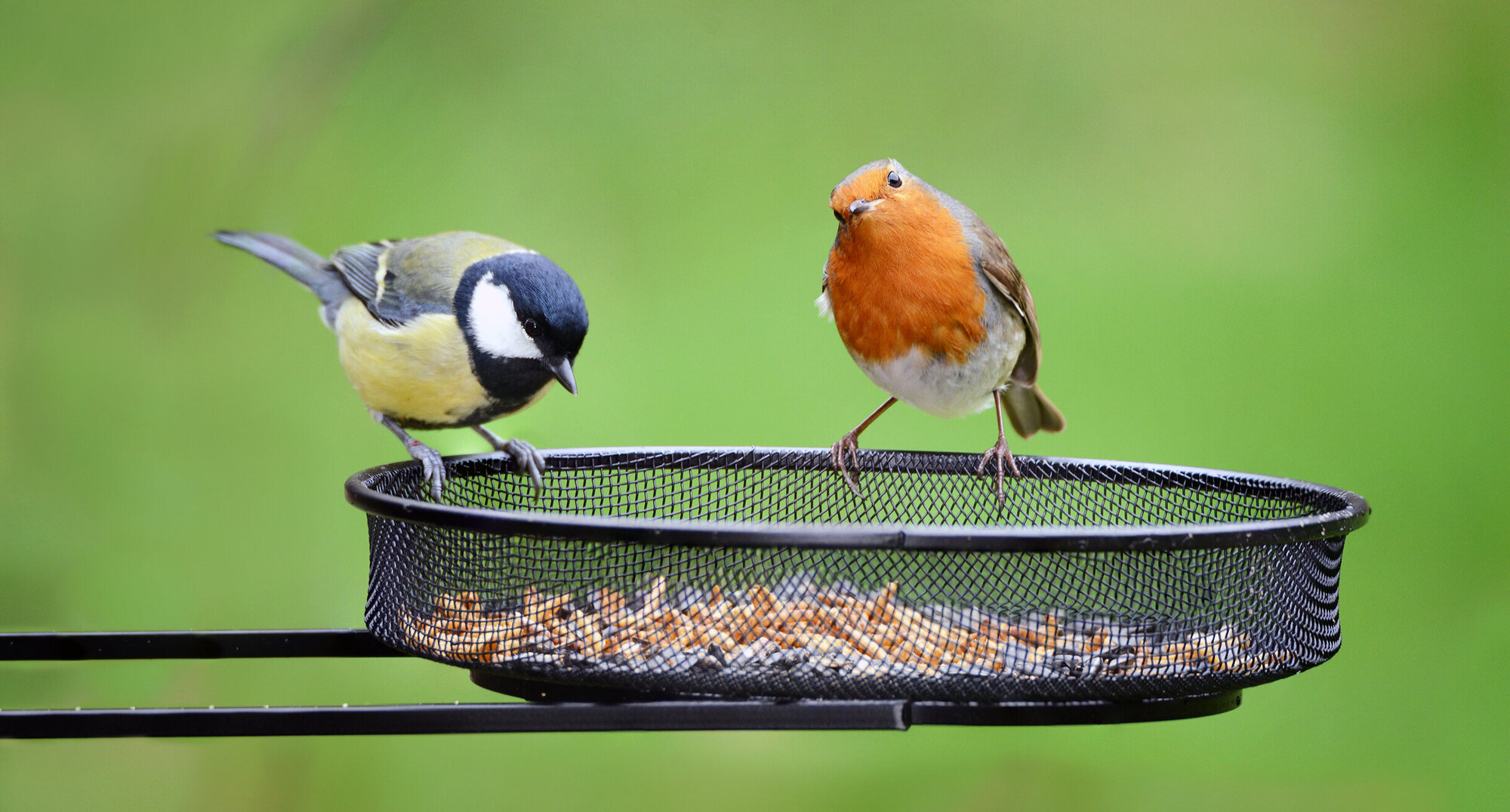
An right place
The idea is, of course, to be able to watch the birds when they come to eat the food you have put out. You should therefore set up the feeding stations where you can see them or where you can spend some time – in front of the window, on the balcony, on the patio, in your living room. As you watch them, you will also quickly see when there are any problems, such as cats stalking the birds, and you will notice as more new species come visiting your feeding station. Setting up two to three different feeding stations with different technical equipment on one property has proven to be a good idea. It makes it possible for you to use feeding to divide your area into several different bird territories and offer different species the feeding station technology that is most beneficial for them – and you will see more birds enjoy your feeding. This also means that you can place feed near the ground. It is best to use suitable ground feeders for this. In this way you can also help species such as blackbirds and dunnocks, which to feed from the ground.
Water
Birds need water in order to live: they need it to drink and also to care for their feathers. It is perfectly in order to use a traditional bird bath to provide water. Make sure the water is no deeper than 5 cm. The rim of the bath should have a rough surface. This minimises the danger of drowning, even for smaller species. You should change the water regularly so as to ensure hygiene here, too (e.g. to prevent trichomonosis), and not reduce the attractiveness of the drinking area for the birds.
A water station should remain available throughout the year. Even in the cold season, the indigenous garden birds need it. A sand bath is a great addition to a water station. Some species, like sparrows, love to bathe in sand or dust. You should really have a sand bath near your feeding station.

